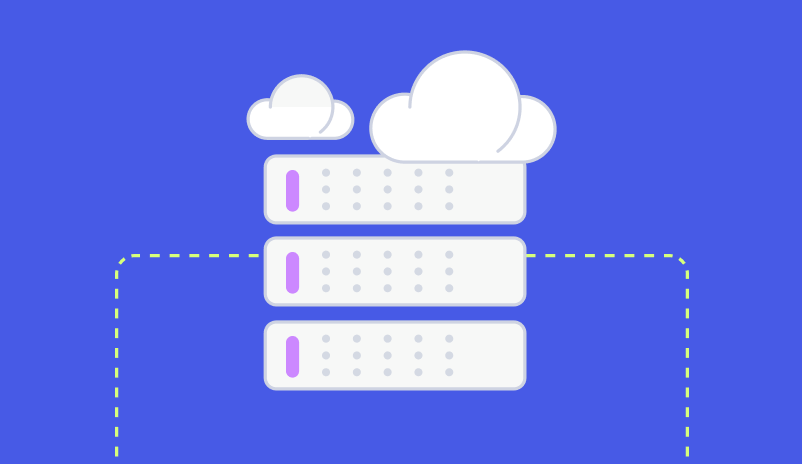How Personalization Improves Email ROI
Email personalization can have a big impact on your conversions and revenue. Learn how personalization improves email ROI. Check out how to start.
Personalization is more than just a buzzword. It’s the key to the kingdom — especially when it comes to email marketing. As budgets squeeze and brands need to do more to stay competitive, it’s increasingly difficult to see a significant return on investment (ROI).
However, email marketing can often be the exception. Research shows it has a powerful ROI, seeing $42 in return for every $1 spent. And since email marketing is still most brands’ primary (and most successful) communication channel, getting the most out of every email sent matters.
That’s why email personalization matters so much. It’s proven to drive clicks, conversions, and revenue, improving ROI and adding to your bottom line. If you want to see how email personalization helps ROI, keep reading.
Personalizing emails can significantly improve email marketing ROI
A better ROI has a direct impact on brands. In the practical sense, improving ROI can help justify or increase your marketing budget, highlight efficiency, and dictate where funds should be allocated.
But exactly how email personalization can achieve that may be a bit more fuzzy, especially if you aren’t sure where to start. Here’s the good news. There are plenty of approaches you can take in your email marketing strategy that will have a direct positive impact on your email ROI.

Personalization plays a big role in it. We use an approach called performative personalization. It’s a data-driven method targeting the personalized messaging most likely to lead to conversions and revenue. If you want to improve email ROI, here are a few reasons why focusing on email personalization can help you move the needle.
Increased conversions and revenue
Getting a reader to open an email is the first hurdle. The next? Clicks. Content tailored to each reader based on their interests and behavior makes your calls to action far more compelling, leading to more clicks and conversions. Our clients have seen a 10-17% lift in revenue in emails using personalized Smart Banners™.
More relevance

Consistently delivering relevant messages to your audience is a challenge. But, with email personalization and tools like Smart Banners™, it’s easier than you think. When readers consistently get emails relevant to them and their needs, they’re more likely to see your brand in a positive light and engage. When you have seconds to make an impression in the inbox, relevant messages capture attention.
Better customer experience
Customer experience is critical to overall brand success today. So, thinking about how your audience receives and reads your emails matters more than ever. Tailor every email you send with Smart Banners™ and Smart Blocks™ and give your reader a custom email experience from top to bottom. That will help build brand loyalty, turning shoppers into your biggest fans while improving lifetime customer value.
More selling opportunities

The Zembula platform makes it easy to personalize product recommendations for every subscriber. Pulling in customer data, you can display recommendations based on past browse and buying history. Use Smart Banners™ and Smart Blocks™ to feature additional personalization tactics, including up-sells and cross-sells, more likely to convert. With our approach, you have a variety of tools that tap into data to help drive more revenue.
Better customer retention and re-engagement
While many brands focus on filling the funnel with new customers, savvy marketers also realize the importance of keeping those who have bought from you engaged. Personalized emails help you connect with your current customers and reach those former shoppers who haven’t bought in a while.
Embrace email personalization with Zembula
Personalizing emails makes messaging more targeted, effective, and engaging, which can directly impact the ROI of email marketing campaigns.
If you want to stop seeing metrics decrease and instead boost KPIs like ROI and return on ad spend, then it’s time to take email personalization seriously.
We’d love to help. Our clients have seen 10-17% lifts in revenue when using the Zembula approach to email personalization. Want to see similar numbers?
Get in touch. We’ll set you up with a demo.
Grow your business and total sales




